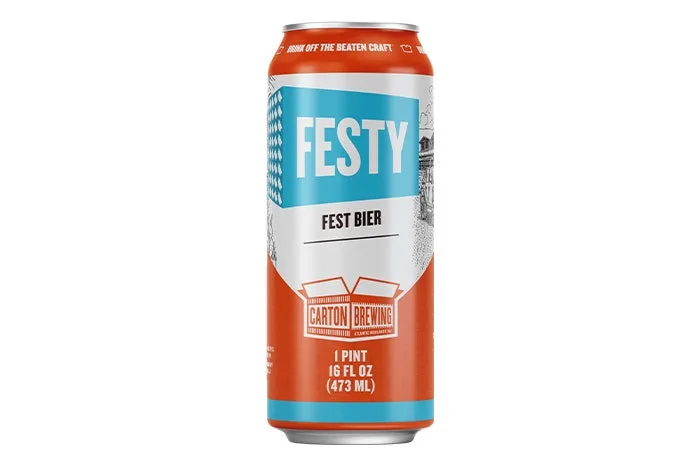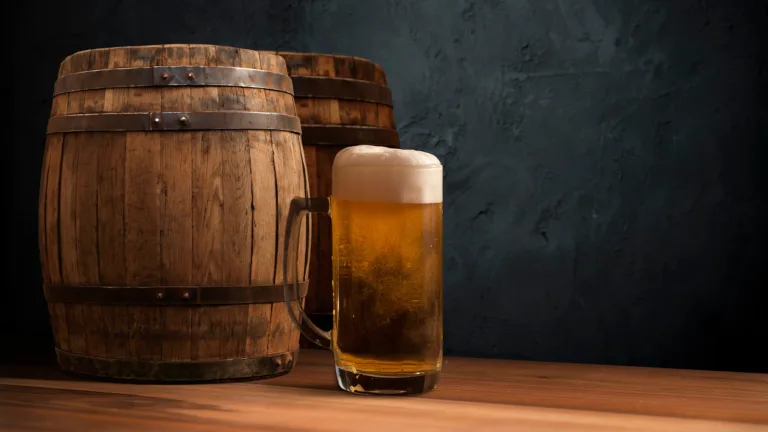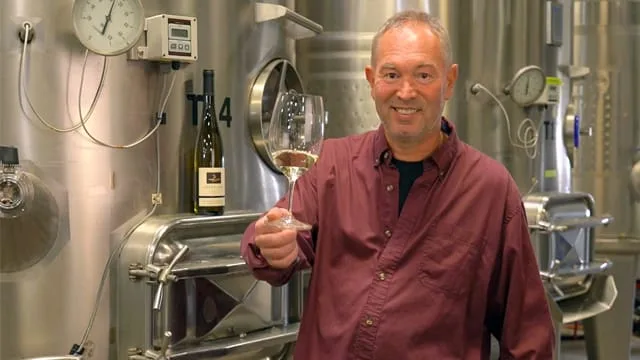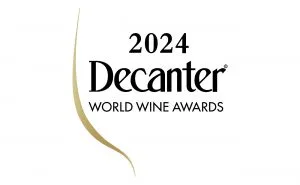American craft breweries have typically embraced Oktoberfest as a must-have style for the early fall season. “Oktoberfest can come in two different types being either the traditional Märzen or the Festbier, which is the main beer style at the modern German Oktoberfest tents,” says Chris Enegren of California’s Enegren Brewing. “These styles fit well with the modern drinker because they’re designed for drinkability while maintaining a sense of complexity and flavor depth.”
A proper Oktoberfest Märzen comprises varying percentages of Pilsner, Vienna and Munich Malts. “It shouldn‘t be as dry as a Vienna lager and not as malty as a Dunkel,” he says. On the other hand, the Festbier can be thought of as more of a special helles where the abv is around 6% and is made up of mostly pilsner malt. The Paulaner Brauerei München pioneered the Festbier style in the 1970s believing the Märzen was too filling for full days of drinking. It eventually caught on with other brewers.
In Munich, Oktoberfest runs from early September into the beginning of October. Stateside, many will celebrate the season through the end of October, sometimes into November. National brands like Samuel Adams and Yuengling can have their Oktoberfest lagers on shelves as early as July.
“It is still hard to beat traditional German malt and hops for both the Märzen and Festbier style, and everything in between,” says Justin Slotnick the production manager of New Hampshire’s Schilling Beer Co. “A clean traditional German lager yeast strain that will
This Article was originally published on Wine Enthusiast






